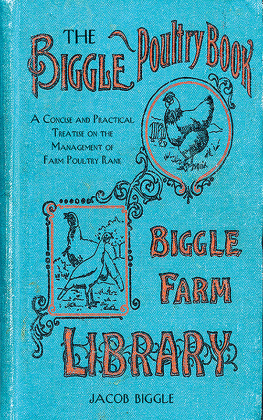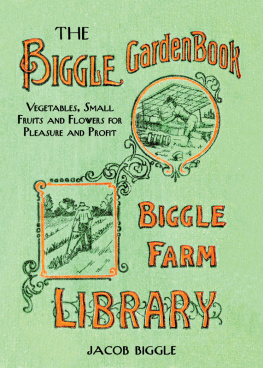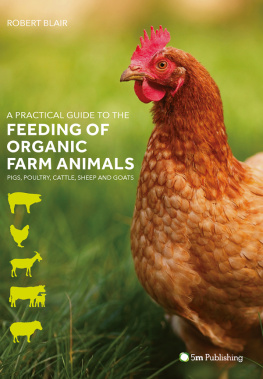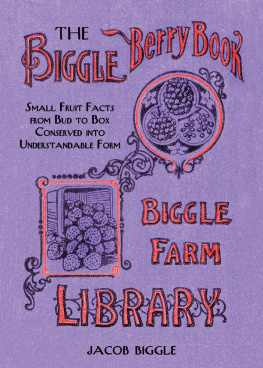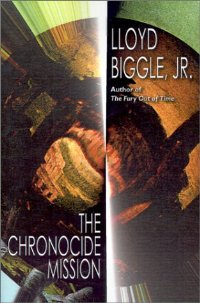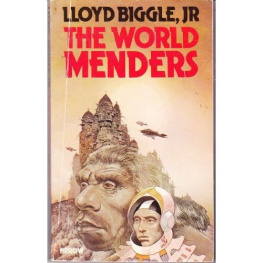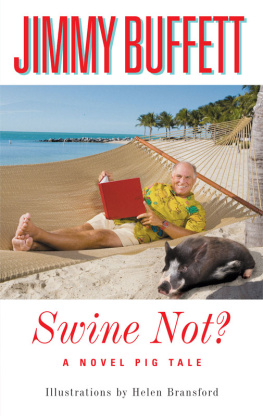
MUCH OLD AND MORE NEW HOG
KNOWLEDGE, ARRANGED IN ALTERNATE
STREAKS OF FAT AND LEAN
BY
JACOB BIGGLE
ILLUSTRATED
The pig, the rent payer of Europe, the
mortgage lifter of America.

Skyhorse Publishing

Copyright 2013 by Skyhorse Publishing
All Rights Reserved. No part of this book may be reproduced in any manner without the express written consent of the publisher, except in the case of brief excerpts in critical reviews or articles. All inquiries should be addressed to Skyhorse Publishing, 307 West 36th Street, 11th Floor, New York, NY 10018.
Skyhorse Publishing books may be purchased in bulk at special discounts for sales promotion, corporate gifts, fund-raising, or educational purposes. Special editions can also be created to specifications. For details, contact the Special Sales Department, Skyhorse Publishing, 307 West 36th Street, 11th Floor, New York, NY 10018 or info@skyhorsepublishing.com.
Skyhorse and Skyhorse Publishing are registered trademarks of Skyhorse Publishing, Inc., a Delaware corporation.
Visit our website at www.skyhorsepublishing.com.
10 9 8 7 6 5 4 3 2 1
Library of Congress Cataloging-in-Publication Data is available on file. ISBN: 978-1-62636-148-5
Printed in China
CONTENTS.

ILLUSTRATIONS OF BREEDS.
B ERKSHIRES
C HESHIRES
C HESTER W HITES
D UROC J ERSEYS
E SSEX
P OLAND C HINAS
T AMWORTHS
V ICTORIAS
Y ORKSHIRES

WILD BOAR .
PREFACE.

Hog husbandry is undergoing changes. New feeding methods have come into vogue; methods based on a better understanding of foods and food effects. New breeds of hogs have come into existence; breeds resulting from intelligent and persistent effort to adapt animal to locality, and to the foods of that locality, and to special market requirements.
Experience has heretofore been the main guide, but science now comes to the swineherds aid. Experience could only say that certain results would follow certain causes, but science now explains the causes. This is equally true of breeding, feeding, and the treatment of diseases, and there is less blind groping than formerly.
Railroad development, the establishment of great abattoirs or slaughtering establishments, better export facilities, etc., have produced marked effects upon the hog business in America during recent decades.
In the preparation of pork products for market, there is, I think, a distinct tendency visible toward neater and more attractive packages, and also an increasing demand for lean or marbled meats rather than for excessively fat meats.
The lard hog has been challenged by the bacon hog, and the indications are that the pig of the future will be killed younger and smaller than the pig of the past.
There seems to be an increasing willingness to regard the hog as a cleanly animal, capable of living apart from knee-deep filth, and able to drink pure water and to eat grass.
As to swine diseases, great progress has been made in their study. Hostile bacteria are gradually coming under control, but it is very evident that epidemics are more easily prevented than cured. Cleanliness is fully warranted by all economic considerations. Much space is devoted in the following pages to a review of hog cholera and other swine ailments.
I give three chapters to the subject of feeding because of its prime importance in profitable hog husbandry. The proper balancing of rations is now quite fully understood by leading live stock men everywhere, but there are still thousands of people who are wasting food in the pig sty and in the barn. It is worth while to give thought and time to the study of balanced rations, for the theory applies with equal force to all the live stock on the farm, and feeding tables and analyses are now within the reach of everybody, free of cost. It will be the fault of the American people themselves if they do not henceforth feed their farm animals wisely and economically, for the Government and the experiment stations have placed ample data freely at their disposal. I hope this little book will prove helpful in the same lines.
J ACOB B IGGLE .
C HART S HOWING E XTERNAL HOG.

A Abdominal Region
B Neck
C Chest or Thoracic Region
D Withers
E Back
F Croup
G Hip-joint
H Stifle-joint
I Hock
J Cannon Bone
K Pastern-joint
L Ergots or Rudimentary Claws (Front)
M Claws
N Front Cannon Bone
O Knee-joint
P Shoulder-joint
Q Jowl
R Snout
S Head
D IAGRAM S HOWING THE D IFFERENT C UTS OF M EAT.


KNEE DEEP IN PASTURE-LAUGH AND GROW FAT.
C HAPTER I
PIG FIGURES.
A great business this: millions in it, literally.Tim.

A quarter of a century ago there were about thirty million hogs in the United States. At the present time there are nearly fifty million pigs in this land of corn.
Iowa has more than seven million, and Missouri and Illinois each have more than three million hogs.
The average farm value of the swine of the United States, per head, is placed by the U. S. Department of Agriculture at $5.99. The highest valuations are to be found in the New England and Middle states, varying from $9.45 in Maine up to $12 in Connecticut. Iowa is credited with an average price of $6.71 and with a total hog valuation (U. S. Yearbook, 1904} of more than $48,000,000. This enormous total valuation is well nigh double that of Illinois, the next competing state, which is placed at something more than #25,000,000, but with an average of only $6.74 per animal. Ohio and Indiana have hog valuations of more than $15,000,000 each.
In American live stock interests, cows and cattle rank first in value, horses and mules second, hogs third and sheep fourth, and yet our export of pork products is $105,146,945, which is more than the export of horses, cattle and their products combined.
A great deal is said about the corn belt of the central West, but it is an error to suppose that all the pigs of the country are produced there. The fact is that the Southern states produce great numbers.
Next page

